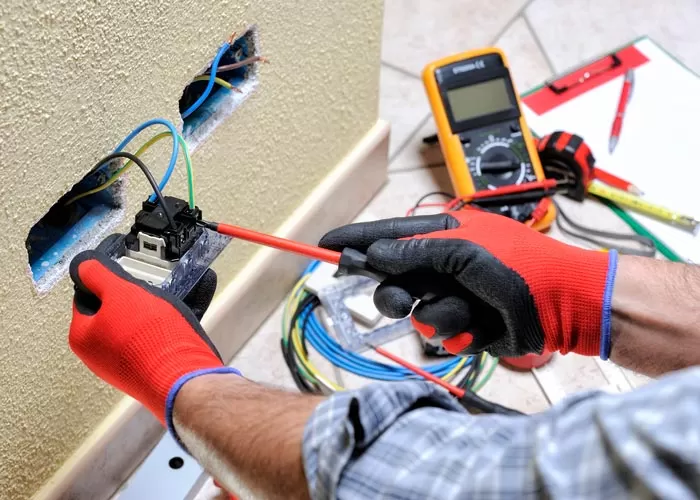What You Need to Know About Plumbing and Electrical
June 29, 2023Some jobs should always be left to professionals – especially when it comes to plumbing and electrical tasks, which if completed incorrectly can have serious repercussions and be costly and even life-threatening.
High school graduation and training at a trade school can prepare students for careers in skilled trades.
Wiring
Wiring is used to transmit electric voltages or current between components in any system. Although different metals may be employed for wiring purposes, copper is most frequently employed due to its excellent conductivity and relatively cheap production costs. Impurities present in raw material affect conductivity significantly; electrical grade copper has different alloys than plumbing-grade copper for electrical wire production. Wires and cables may be marked with color codes to indicate their function or any potential hazards, according to national standards that gradually converge worldwide through harmonisation processes.
Insulated wires are typically routed through conduit, metal (usually rigid steel), or PVC tubing, with larger circuits being run through rectangular cross-section metal or plastic wire troughs (North America) or trunking (UK), as well as running directly through concrete.
Solder
Soldering is the process of joining metals by joining fusible alloys that melt and bond, often used in electronics, plumbing and jewelry making. Soldering is much safer and easier to use than welding due to lower temperatures required; additionally it is more precise than using wire brushes, emery cloth or copper wool which may leave behind metal shavings which contaminate solder joints.
This process employs low temperature filler metals containing lead, such as bismuth, silver, gold or indium, to minimize thermal stress on components while simultaneously decreasing mechanical load-bearing applications.
Soldering machines can take the place of hand soldering to reduce health risks like burns, fume inhalation and fatigue while increasing productivity by eliminating bottlenecks that impede production. Automation also enhances efficiency when it comes to large circuit board assembly with multiple connections requiring precision soldering; soldering machines can be programmed to make many types of connections quickly and accurately.
PVC
PVC is an extremely flexible construction material used for everything from flooring to electrical cable insulation, making it a popular choice among piping contractors and builders due to its low costs and easy cleanup requirements. PVC can even be found used as flooring! It is long lasting, durable, and requires little upkeep or maintenance – perfect for use in both piping systems and construction work!
PVC material itself contains chlorine and carbon which naturally make it fireproof; additionally, PVC also uses special additives that enhance its fire-retardant capabilities and keep wires contained for an extended period. This helps to safeguard workers and avoid potential accidents caused by exposed wiring.
Plumbing PVC typically appears white while conduit PVC can vary between gray and white in color, representing their respective uses. While both should not be interchanged for usage purposes, the two shouldn’t be treated similarly as plumbing PVC is best suited to plumbing situations while conduit PVC may fare worse in exposed area applications like rooftops as it’s not designed to withstand UV light exposure and can degrade over time, becoming brittle over time.
Pure polyvinyl chloride is an inflexible solid material. To soften it and produce flexible PVC sheets for use in window frames, drainage pipes, water service pipes and sewer pipes; flooring, furniture packaging credit cards or vinyl records – flexible PVC is softened by using plasticizers like bis(2-ethylhexyl)phthalate and other compounds as softening agents.
Conduit
A conduit is a metal pipe designed to protect electrical wiring from weather conditions, physical breakdown, and fire risks. Additionally, its purpose is to enable easier renovation of your wiring system; however it is wise to consult local codes and regulations prior to using one.
Electrical Metallic Tubing (EMT), commonly used in house wiring applications, is one type of conduit available today. Constructed of light-weight galvanized steel with thin walls, EMT is attached to other pieces via setscrew couplings or indentation or compression-type fittings and connected using setscrew couplings and indentation or compression fittings for joining purposes. EMT is generally installed where physical damage risks are low while Rigid Metal Conduit (RMC), though thicker and heavier than EMT but more costly to install; RMC often used in service feeder installations or areas where extreme conditions exist.





